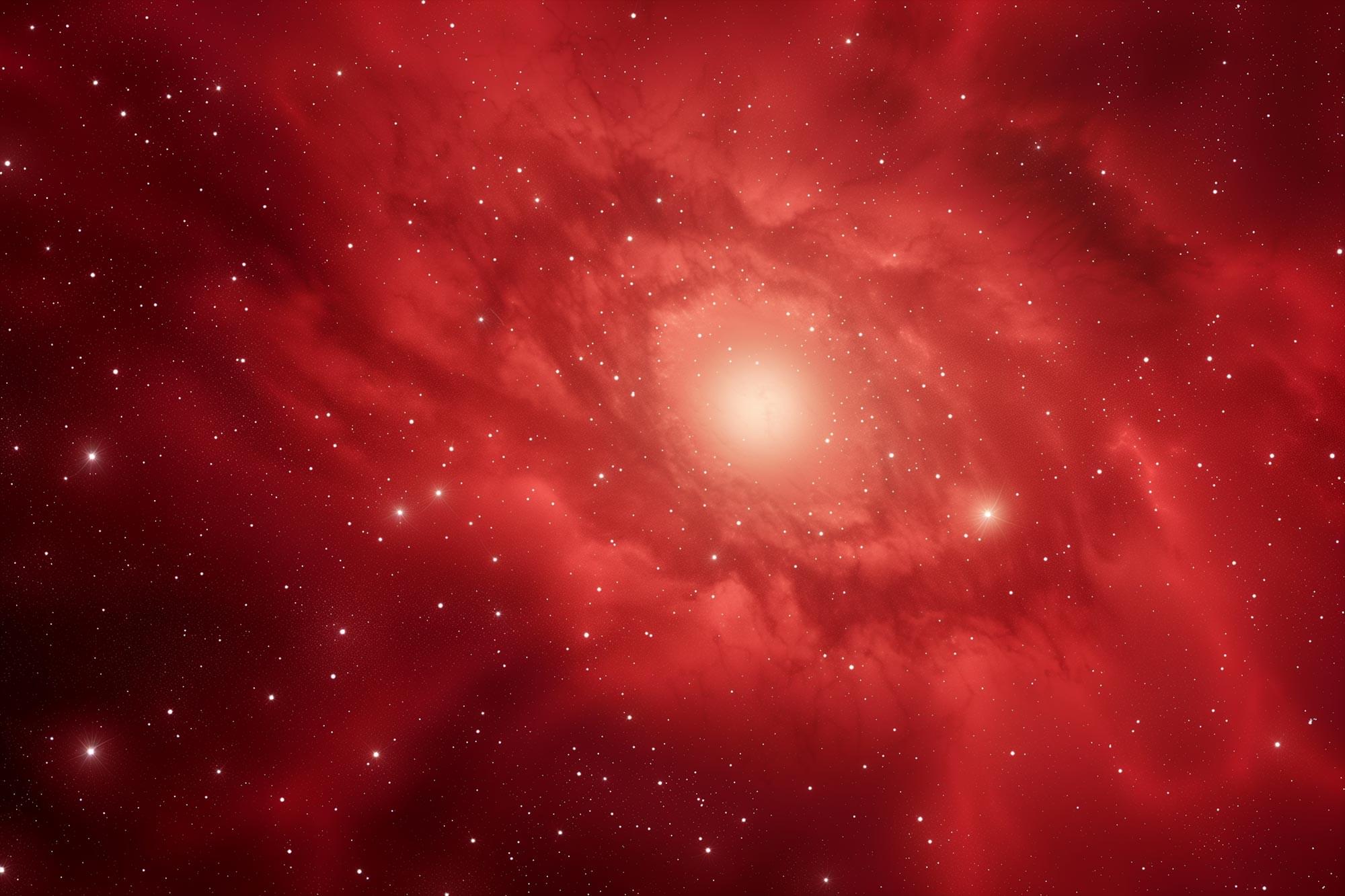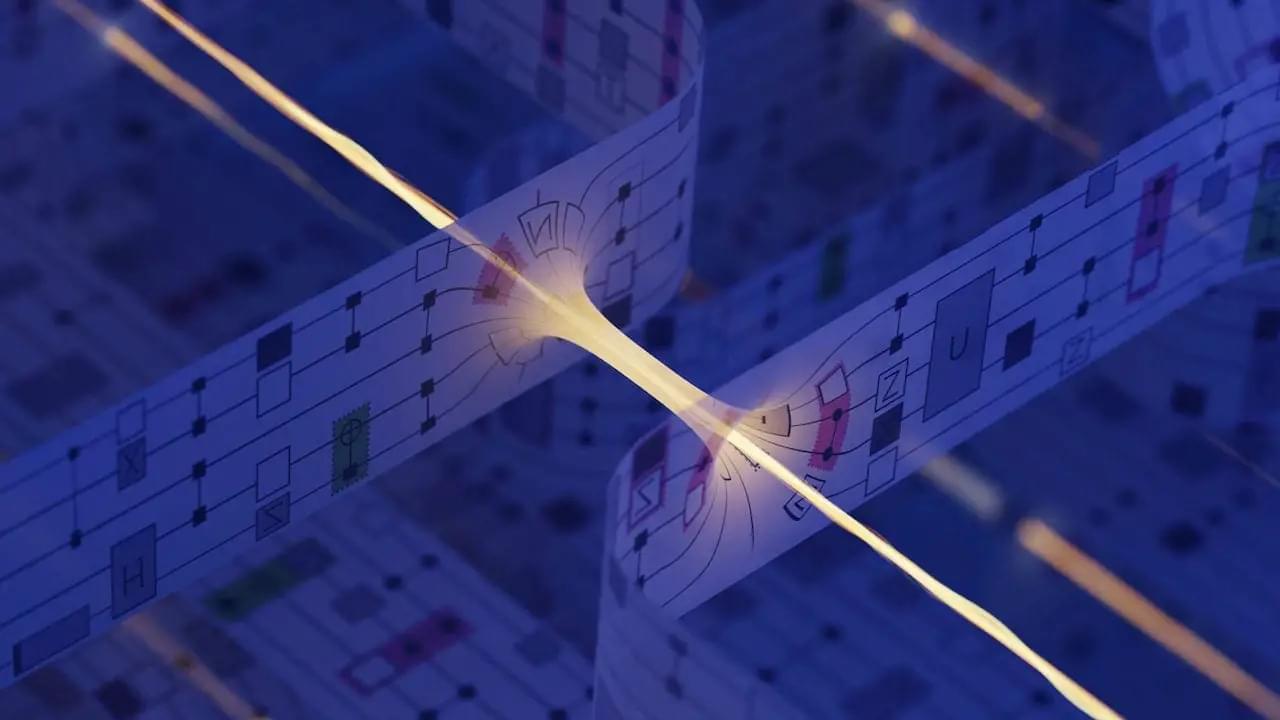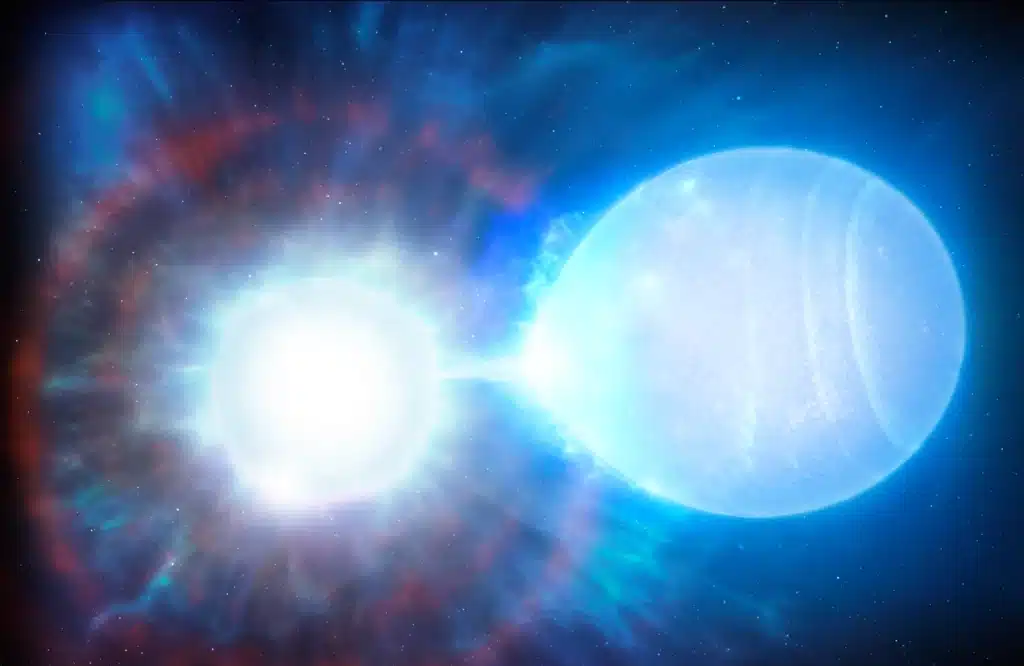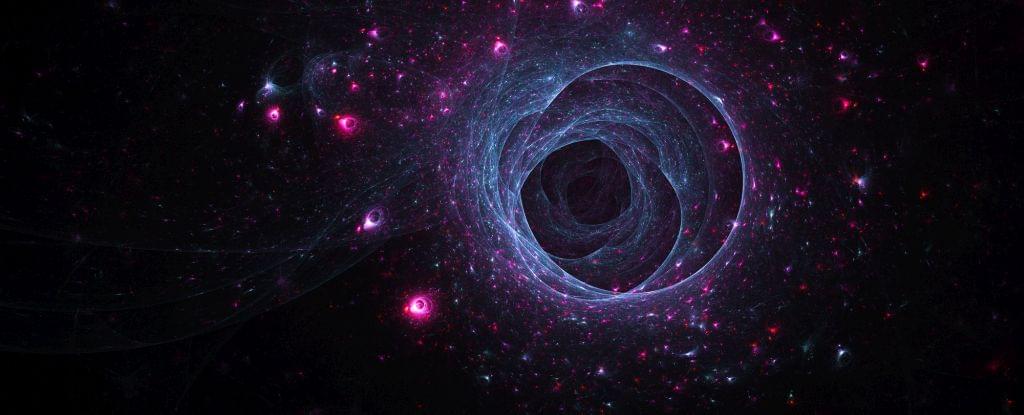Physicists think the insides of black holes may be complex mazes of tangled strings in higher dimensions
Category: cosmology – Page 6
What if the key to the universe was discovered over a century ago—and then forgotten?
In the late 19th century, a young math prodigy named William Clifford proposed a radical idea: that reality itself is woven from the same fabric as the mind. Long before Einstein, long before quantum theory, Clifford envisioned a world where matter, consciousness, and geometry are one.
His ideas were largely overlooked, seen as too speculative for the science of his time. Today, they look like the missing blueprint for a true Theory of Everything.
Is Clifford’s path one that science is only now catching up to?
Based on the original research by idb.kniganews “Clifford’s Path”
[ Subscribe ] and turn on notifications [ 🔔 ] so you don’t miss any videos.
Elena Pinetti searches for dark matter using JWST calibration images that other researchers discard.
Every star that hangs upon the evening firmament will one day die, its lights snuffed and its fires cooling in the dwindling cosmic end times.
We don’t always know when, but for a binary star system around 150 light-years from Earth, a precise time of death has now been discovered. Some 23 billion years from now, the two white dwarf stars are destined to smash together.
At least, they would, if not for the fact both will be taken out before this fated merger by a spectacular explosion – a Type Ia supernova, one of the measuring sticks against which we gauge distance in the Universe.
Astronomers using the James Webb Space Telescope have discovered the most distant quiescent galaxy ever seen – one that had already stopped forming stars just 700 million years after the Big Bang. This challenges existing models of galaxy evolution, which can’t explain how such massive, red and
Researchers have announced a groundbreaking experiment that simulated a traversable wormhole using a quantum computer. While no physical rupture in space-time was created, the study offers a significant step toward understanding Einstein-Rosen bridges, theoretical constructs first described by Albert Einstein and Nathan Rosen. Published in the journal Nature, the findings represent a promising avenue for probing quantum gravity experimentally.
A Glimpse of Wormhole Dynamics
The experiment, conducted on Google’s Sycamore quantum processor, involved simulating two minuscule black holes connected by a tunnel-like space-time structure. A quantum message was transmitted between these points, and researchers observed behaviors consistent with wormhole-like dynamics. Study co-author Joseph Lykken, a physicist at Fermilab, remarked, “It looks like a duck, walks like a duck, and quacks like a duck,” indicating the simulation closely mimicked a theoretical wormhole.
Astronomers at the University of Warwick have made an exciting discovery—a rare, high-mass compact binary star system located just 150 light-years away in the Milky Way. This marks the first time such a system has been observed, offering valuable insights into the origins of type 1a supernovae.
Astronomers have confirmed a pair of white dwarfs on a collision course to become a type 1a supernova—the brightest cosmic explosion. This system, the heaviest of its kind ever identified, has a combined mass of 1.56 times that of the sun.
Separated by only 1/60th of the Earth-sun distance, the stars currently orbit each other in just over 14 hours. However, gravitational wave radiation will gradually draw them closer over billions of years. On the verge of their explosive end, the stars will orbit so rapidly that a single orbit will take only 30–40 seconds.
Supermassive black hole 9 billion light-years away consumes largest star ever observed
A pair of top quarks has been detected in the detritus spraying forth from the collision of two atoms of lead.
It’s the first time that this specific quark-antiquark pair has been spotted in a collision between two nuclei. The detection strengthens evidence that all six quark flavors existed at the dawn of time, in the soupy quark-gluon plasma thought to have suffused the Universe in the moments after the Big Bang.
This means that we’re a step closer to taking new measurements of this primordial soup, and gleaning new insights into how our Universe formed from the very beginning.









